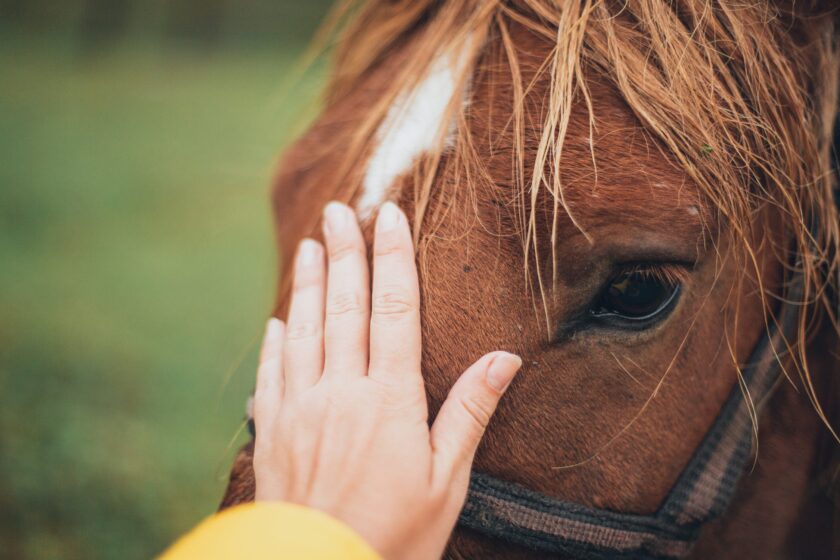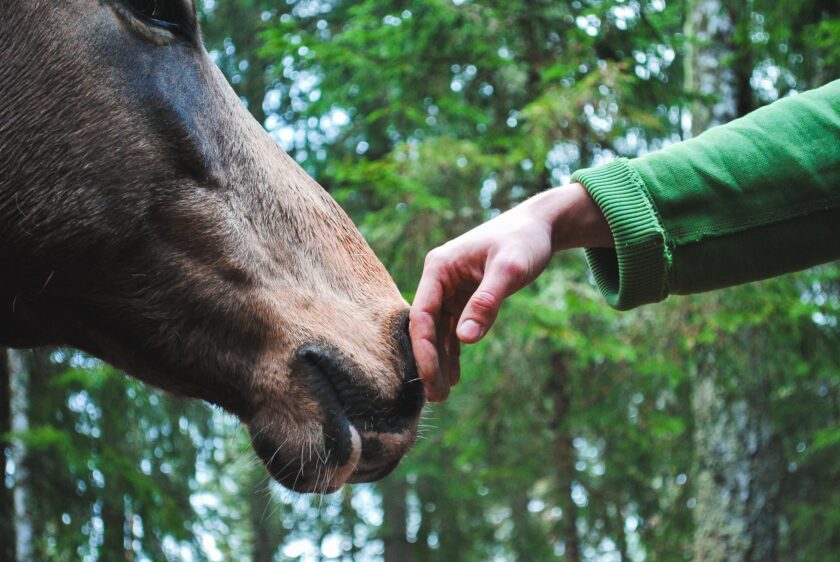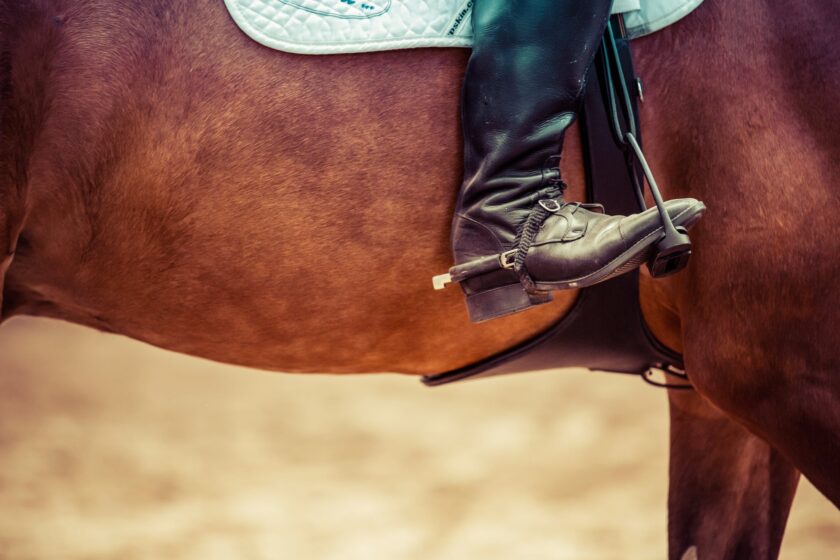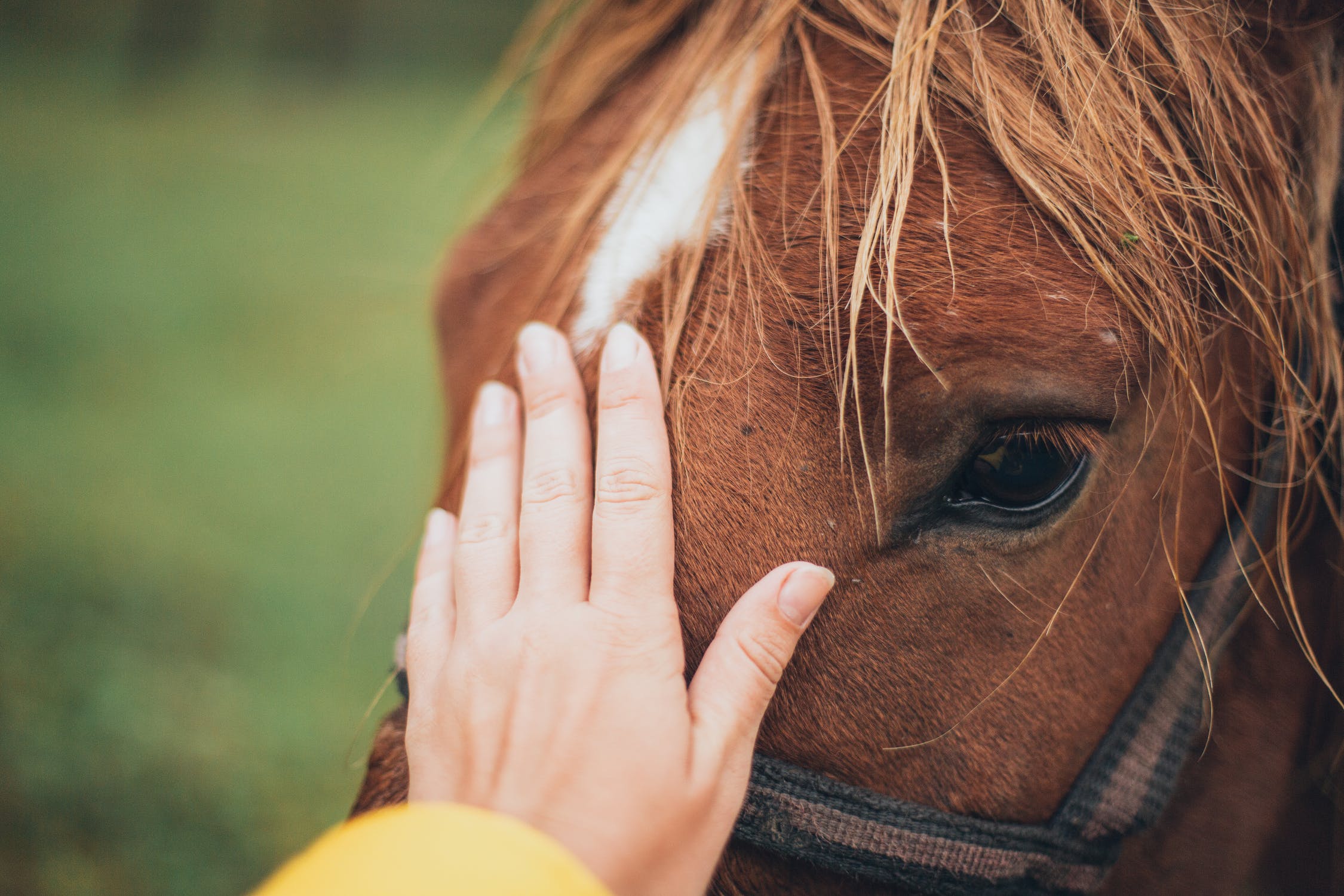Horses are majestic creatures, and riding a horse is truly an unmatched experience. The feeling of freedom you gain from moving at a speed that makes your vision blurry and the electric charge that courses through your body from the speed is nothing you have experienced before. And it doesn’t just limit to that adrenaline rush or feeling of freedom; the bond that you create with the thousand-pound creature that’s ready to follow your every command creates another kind of thrill. The unmistakable trust they put on you in guiding them only heightens it. To some, horse riding is more exhilarating than driving the fastest Ferrari.

However, before you feel that euphoria from taking a ride with your equine friend, you need to master the tricks to control them. Training a horse is nothing like training your dog or cat. Unlike training smaller pets, there’s added risk of you being injured if you try something that your horse doesn’t like. You need to learn how to forge a bond and control a horse before you even try to get near one. Buckle up and get ready to become a horse whisperer!
Create a Bond with Your Horse
The first step in training a horse is getting it to trust you. This is vital so it feels completely at ease following your commands later. Horses are herd animals, so it is their natural instinct to seek company, even if it is a human. Start spending time with your horses as much as you can.
Most people think handing out treats is the only way to make a horse like them. Yes, treats can become very handy when you are training a horse, especially for riding or performing tricks or even when getting a horse on the bit. But when you are just starting out and getting to know each other, you must try a more substantial way to forge a connection. But in reality, treats only work their magic momentarily; there are better ways to create a lasting bond with your horse other than showering them with treats.
Try other fun activities that you can do together; don’t hesitate to “horse around.” Creating a bond with your horse is a continuous process, and the bond will be deeper even when you start training your horse.
You can groom your horse, brush its back, and walk the horse around the yard. Try to change your routine and activities every so often, as horses are quite intelligent and they can get bored if you keep following the same pattern every day.
Remember to never approach a horse, or any other animals for that matter, if you are afraid of them. Horses are quite skillful at sensing your emotions, and the moment they sense fear or unease, they will just flat out refuse to cooperate with you. Be relaxed as much as you can when you approach your horse; if you give off an anxious vibe, your horse will also be anxious in response.
Learn to Read Their Body Language
One of the easiest ways to decipher what your horse is feeling is by following their distinct body language. A horse’s eyes, ear, neck, head position, muzzle, legs, and even tail can give you the subtlest cue to decipher its feelings.
Signs of Agitation
The first body part that shows outward weariness or relaxation in horses is the ears. Horses have superior hearing and smelling abilities. Their ears act like a radar for any unwanted danger; when they are in uncharted territory, their ears will continuously move in every direction to detect any unfamiliar noise. Whenever they sense danger, their ears visibly perk up. This is a sign that they are alerted by your presence and they are assessing you as a threat. If your horse’s ears are flat against its head, it is a sign that it is terrified, and it’s ready to bolt like a bat out of hell.
In the wilderness, horses have to fend themselves against many predators. Being herbivores, they don’t attack other animals, but when they are cornered, their first instinct is to flee instead of fighting back. Their first instinctive defense mechanism is to save their necks. It is the most vulnerable part of their body, and this is where predators attack. Whenever your horse feels threatened, it will try to cover its neck or distance its neck from that threat. If your horse adopts this stunt, you can tell right away that your horse is feeling vulnerable.
Another vulnerable part of a horse is the nose. Predators try to strangle horses by grabbing their noses and stopping their air intake. Never try to grab an unfamiliar horse by its face or nose; it will feel threatened by you and will be defensive.
There are distinct signs that differentiate an agitated horse from a relaxed, laid-back one. These telltale signs are:
– Pinned ears
– Constant head waving
– Impatient leg movements
– Tight, pinched mouth
– Wide eyes with visible whites around the pupil
– Clamped down tail
Signs of Dominance
Horses are inclined to show dominance. When a horse is introduced to a new herd, they will assess each other and hold up their heads high to gauge who is taller; the taller the horse, the more dominance he has. This natural instinct is evident even in barn horses. Whenever they meet a new horse or even a person, they try to tower over the newcomer, asserting their dominance. The position of the head can reveal a lot about how your horse assesses you.

Desensitize Your Horse
Desensitizing is the process of familiarizing your horse with the things they fear. For example, horses can easily get spooked by moving vehicles, especially if they’re not used to being on the road. As horses are prey animals, being on their guard even at the slightest of inconsistency is their nature. A barking dog, flapping birds or fabrics, loud noises, or crowding their space can trigger fear within them.
Desensitizing should be a slow process so that your horse gets enough time to recover its composure. Adopt an advance and retreat process for desensitizing. Follow these steps:
1. Hold the object that spooks your horse and approach slowly.
2. Observe your horse’s reaction, and stop approaching the moment you see him tense up. Make sure he has enough room to move away from the object if they want.
3. Wait until your horse’s body relaxes and then retreat.
4. Repeat the process a few more times, and each time, try minimizing the distance between you.
Cover the Groundwork
Before you get on the saddle, you have to make sure your horse understands your verbal and nonverbal cues. And the best way to perfect it is on the ground. Groundwork serves two purposes at a time: it helps the horse be well behaved when you are on the saddle and helps you bond with your horse better.
When you are on the saddle, your horse can barely see you, so the connection weakens if you spend too much time being on the horseback and too little time on the ground, so make sure to balance these two. There is a multitude of groundworks for your horse to master. For starters, you can try lead exercise, touch exercise, and moving in circles.
Lead Exercise
Lead exercise is leading your horse from one point to another at your pace. You can use a halter and a rope for that. If your horse walks slower or faster than you, halt him by applying pressure on the lead rope. Demonstrate your actions so that he has a better grasp of how to move.
Touch Exercise
Horses have certain pressure points in their anatomy that elicit some predictable reactions. To better control your horse you need to learn these specifics. For example,
– A slight downward touch behind the ear tells the horse to move its head downward.
– Applying pressure on top of the back means it’s time to stop. That’s why when horse riders need to halt the horses, they lean back on the saddle to create pressure at that point.
– Applying slight pressure on the chest can mean taking a step backward.
You should also pay attention to your own posture and body language. Be precise in your command; otherwise, your horse might get confusing signals, and it will just add to their stress.

Saddle the Horse
Saddling might be unfamiliar to horses that have never been ridden before. The process is pretty similar to desensitizing. You cross the threshold a little at a time, and they get accustomed to the foreign apparatus being on their back.
Before you saddle your horse, make sure to brush its back so there’s no dirt underneath the saddle. If there’s dirt or grit, it will be uncomfortable for your horse.
To get your horse familiarized with the saddle, put the saddle on its back and remove it after a few moments. Repeat the process a few times and keep the saddle on a little longer each time. Try not to overwhelm your horse with all the gears at once. First, try saddling without the stirrups. Once he is used to the saddle, introduce the stirrups.
After saddling, practice tying the girth. The first time you tighten the girth on your horse, release it immediately so they have little time to freak out about it. That way, they won’t associate the appearance of girth with stress. Once your horse is relaxed with a saddle on its back, try placing weights on its back. Take your time throughout the process, don’t overwhelm your horse by going too fast.
The Bottom Line
In a way, horses are almost like toddlers. As long as they know who to rely on and who is in charge of them, they will completely follow your lead without a fuss. The only difference is toddlers can verbally express if something bothers them, but horses can’t. They will, however, show signs of disrespect to you either by tuning out your command or trying to push against you. If you fail to follow their cue, their frustration will mount, and you will end up with one stubborn horse or troublemaker. But don’t worry; even the seasoned horse riders sometimes falter to control a raging horse. Just remember to play your cards right. The trick is to set a clear boundary about who is in charge from the very beginning. Being a herd animal, they always need someone else to follow. For new trainers, this process can be quite challenging and overwhelming, so you need to be patient during the training. If you are dubious about training your horse, try contacting a professional trainer to get some help.

